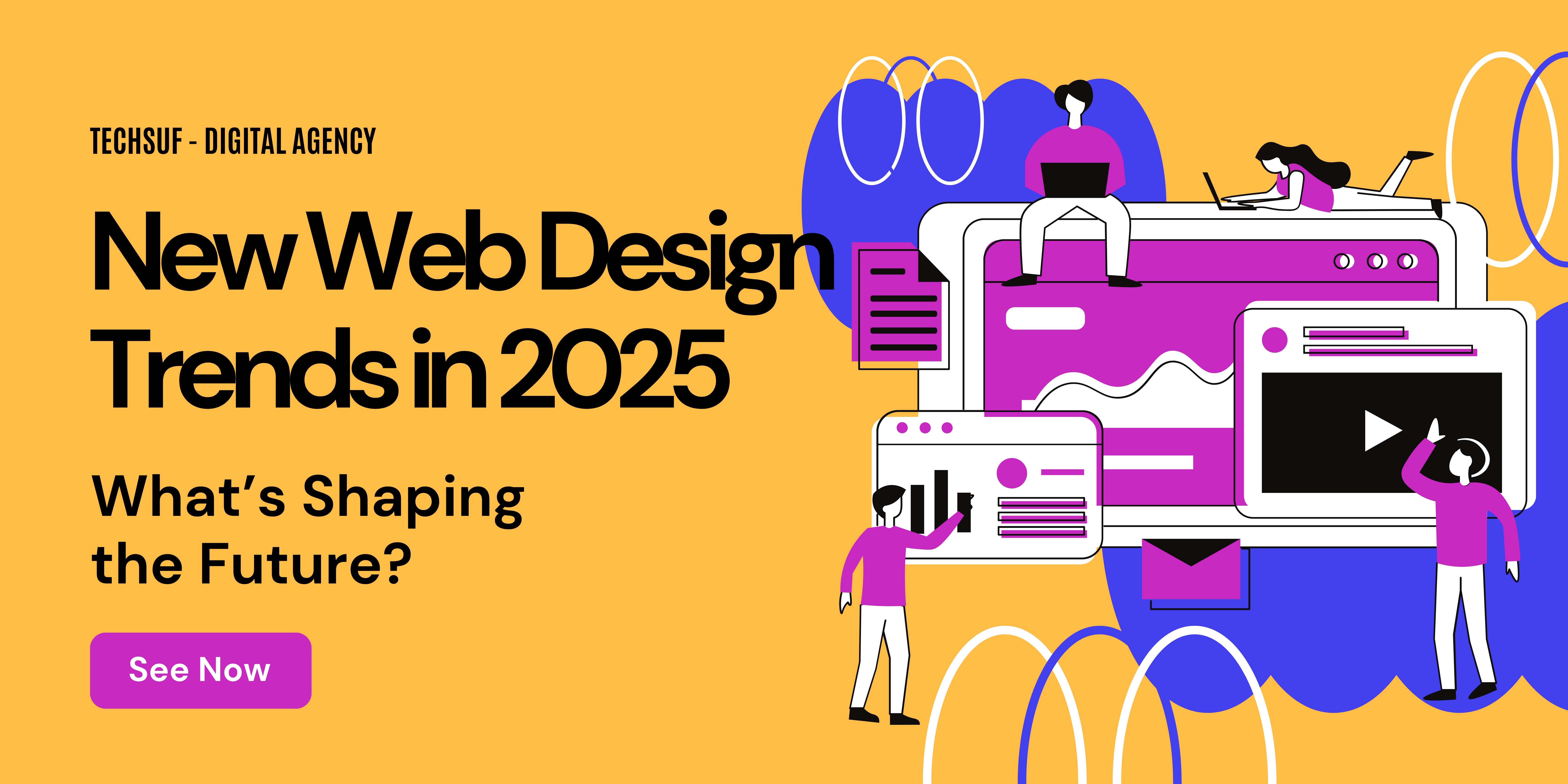SEO Gush
Insights and updates on the ever-evolving world of SEO.
When Trends Collide: The Future of Web Design
Discover how emerging trends in web design are shaping the future! Don't miss the secrets that could elevate your online presence!
Exploring the Intersection of Minimalism and Maximalism in Web Design
The world of web design often juxtaposes minimalism and maximalism, two contrasting philosophies that can enhance user experiences in unique ways. Minimalism focuses on simplicity, prioritizing user-friendly navigation and clean layouts. This approach allows visitors to find information quickly without overwhelming distractions. Smashing Magazine emphasizes that minimalism can be highly effective in conveying messages with clarity. On the other hand, maximalism embraces vibrant colors, intricate patterns, and abundant visuals, creating a sensory-rich experience. This style often invites exploration, making it ideal for portfolios and creative showcases. As Creative Bloq discusses, maximalist designs can evoke strong emotional responses, catering to users who appreciate aesthetics and storytelling.
Finding the perfect balance between minimalism and maximalism in web design requires a thoughtful approach that considers the audience and the goals of the website. It is essential to integrate elements from both styles strategically, ensuring a harmonious design that captivates users while providing a seamless browsing experience. For instance, a minimalistic layout can be adorned with maximalist elements, such as bold typography or vivid images, to draw attention to key content. According to UX Design, successful designers are increasingly combining these styles to create visually appealing yet functional interfaces. By embracing both philosophies, designers can cater to diverse user preferences, enriching the overall user journey.

How Emerging Technologies Are Shaping the Future of Web Design
As we dive into the digital age, emerging technologies are becoming pivotal for the evolution of web design. Innovations such as CSS Grid and JavaScript frameworks are offering designers unparalleled flexibility and control in creating responsive layouts. Moreover, the integration of artificial intelligence into design tools facilitates automation of repetitive tasks, allowing designers to focus on creativity and user experience. With the rise of augmented reality (AR) and virtual reality (VR), web designers can now craft immersive experiences that captivate users like never before.
Additionally, the importance of mobile-first design has surged, driven by the increasing use of smartphones for accessing the web. Technologies like responsive web design enable websites to adapt seamlessly across various devices, enhancing user engagement. As voice user interfaces (VUIs) gain traction, designers are rethinking layouts to accommodate voice commands and interactions. Ultimately, these emerging technologies are not just shaping the aesthetic appeal of websites; they are redefining functionality and enhancing accessibility, paving the way for a more user-centric online experience.
What Are the Latest Trends in User Experience for 2024?
As we move into 2024, user experience (UX) continues to evolve, driven by advancements in technology and changing user expectations. One of the most significant trends is the integration of artificial intelligence (AI) into UX design. AI can analyze user behavior in real-time, allowing designers to create personalized experiences that resonate with individual users. Voice search is also gaining momentum, with consumers increasingly relying on voice-activated devices. This shift necessitates a redesign of interfaces, focusing on conversational interactions that prioritize accessibility and ease of use.
Another trend shaping user experience in 2024 is the heightened emphasis on sustainability. Users are becoming more conscious of their environmental impact, prompting businesses to adopt eco-friendly design practices. This includes minimizing digital waste and promoting transparency in how data is collected and used. Furthermore, the concept of augmented reality (AR) is transforming how users interact with digital content. By overlaying digital information onto the real world, AR enhances user engagement and provides immersive experiences that were previously unattainable.